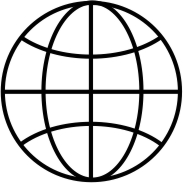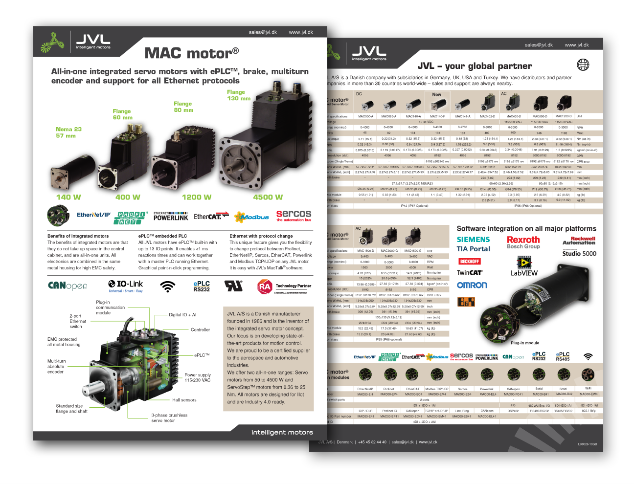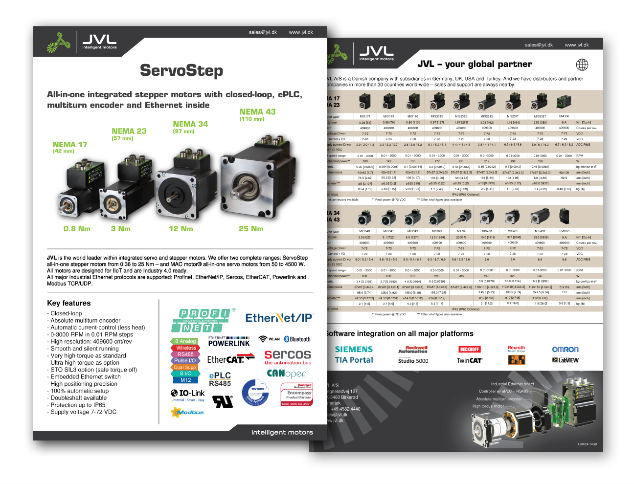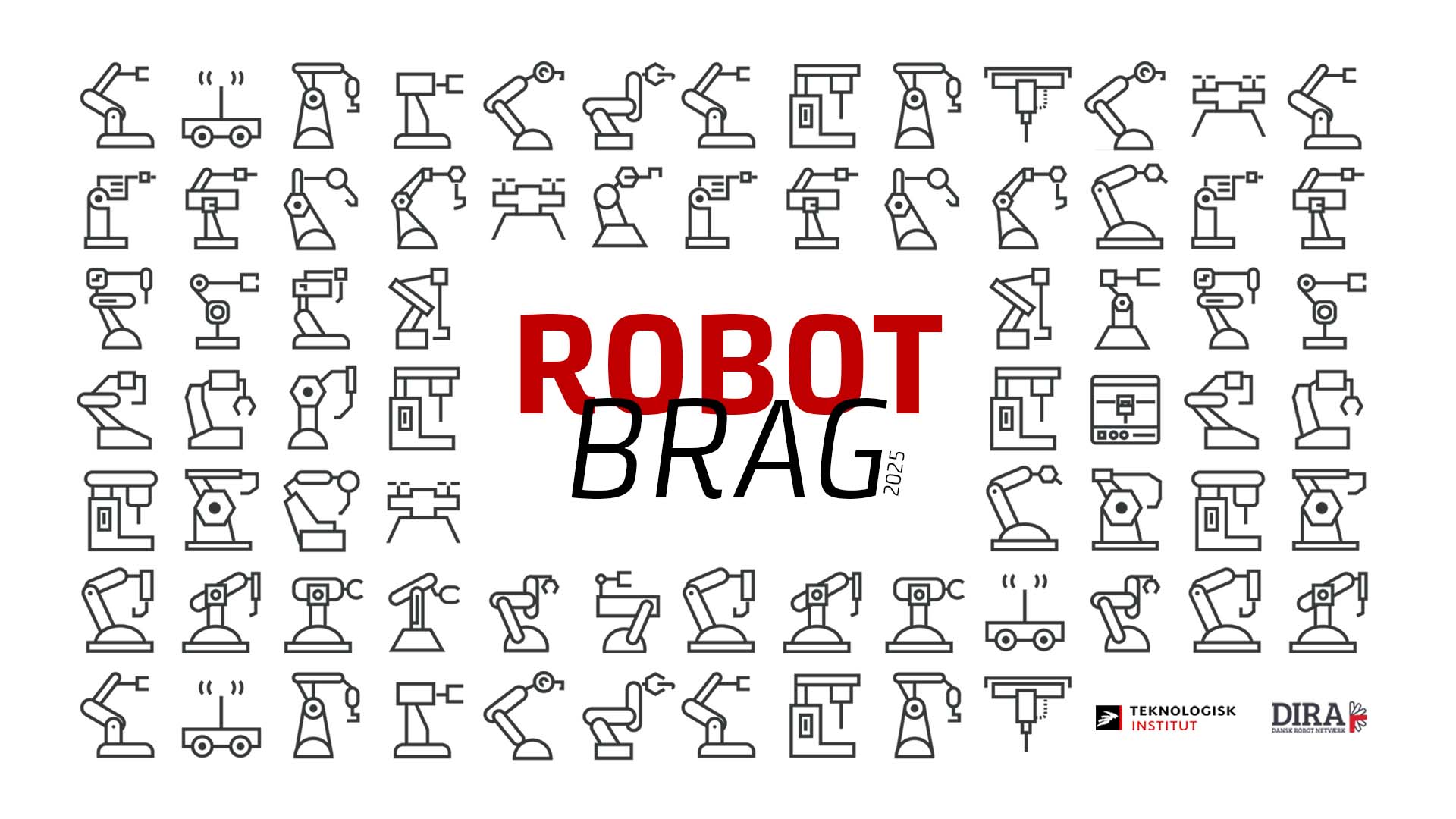
Ethernet triple in 3 years
Motion
control communications set for Industrial Ethernet expansion
The use of
Ethernet with motor drives and motion controllers will more than triple to 2016
from 1.8 million new connected nodes in 2011, According to research from IMS
Research — now part of IHS Inc.
The compound annual growth rate for new motor control
Ethernet nodes is projected to be the highest across the whole industrial
space, at nearly 30%.
IHS analyst, Tom Moore, said: "Ethernet, particularly certain industrial variants, is well suited to drive and motion control applications. The growing number of Ethernet protocols, which are high-speed, deterministic, and low jitter, mean its application has never been easier. Some of the most suited protocols are forecast annual growth rates exceeding 30% to 2016”.
New Ethernet nodes are forecast to account for over 20% of the total new networked motor control products in 2016. This is an increase, from an estimated 12% in 2011, when fieldbus protocols dominated new node connections.
"Part of the transition to Ethernet is due to the protocols available, such as PROFINET, Ethernet/IP, POWERLINK and EtherCAT, MODBUS TCP which are all well suited to motor control applications. In particular, EtherCAT is well known for very high-speed data transmission and low response times. Its adoption is forecast to grow very strongly to 2016, especially as its member count continues to increase.”
Ethernet is making headway in the industrial space and its projected adoption growth is set to outstrip that of fieldbus technologies in almost all applications. "It is forecast that in 10 to 15 years Ethernet will have replaced fieldbus as the mainstream networking technology for motor control products,” contined Moore. "This can only be good for the unification and simplification of networking solutions; driving down costs and increasing up-time”.
Read more about JVL Integrated servo and stepper motors with industrial
Ethernet here. IHS analyst, Tom Moore, said: "Ethernet, particularly certain industrial variants, is well suited to drive and motion control applications. The growing number of Ethernet protocols, which are high-speed, deterministic, and low jitter, mean its application has never been easier. Some of the most suited protocols are forecast annual growth rates exceeding 30% to 2016”.
New Ethernet nodes are forecast to account for over 20% of the total new networked motor control products in 2016. This is an increase, from an estimated 12% in 2011, when fieldbus protocols dominated new node connections.
"Part of the transition to Ethernet is due to the protocols available, such as PROFINET, Ethernet/IP, POWERLINK and EtherCAT, MODBUS TCP which are all well suited to motor control applications. In particular, EtherCAT is well known for very high-speed data transmission and low response times. Its adoption is forecast to grow very strongly to 2016, especially as its member count continues to increase.”
Ethernet is making headway in the industrial space and its projected adoption growth is set to outstrip that of fieldbus technologies in almost all applications. "It is forecast that in 10 to 15 years Ethernet will have replaced fieldbus as the mainstream networking technology for motor control products,” contined Moore. "This can only be good for the unification and simplification of networking solutions; driving down costs and increasing up-time”.
Read more about JVL integrated servomotor here.
Read more about JVL integrated steppermotors here.
JVL A/S Bregnerødvej 127 DK-3460 Birkerød Denmark
Tel: +45 4582 4440 Fax: +45 4582 5550 E-mail: jvl@jvl.dk
Tel: +45 4582 4440 Fax: +45 4582 5550 E-mail: jvl@jvl.dk













